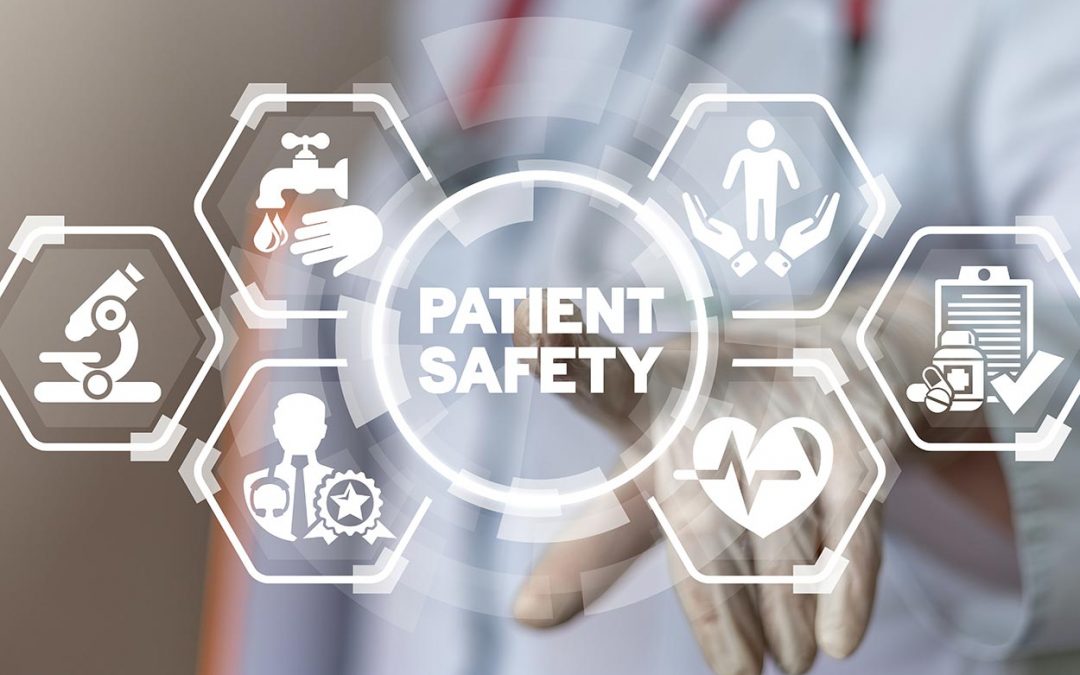Patient safety checks in psychiatric settings are important tasks to ensure patients’ protection and wellbeing. In addition to keeping patients safe, the use of patient safety checks also helps psychiatric staff stay accountable. What is actually documented in these safety checks? Do they really improve safety?
Why Patient Safety Checks are Important
Conducting Q15 checks helps prevent high-risk patients from self-harm, suicide, and elopement. In addition to that, there are other critical benefits of patient safety checks, including:
- Reduced complications
- Facility risk management
- Opportunity for early intervention
- Trust and relationship building
- Improved coordination of care
Research has shown that patient safety checks can not only reduce adverse patient events, but also improve teamwork and communication among healthcare teams because everyone is informed and following the same procedure. The use of these checks also increases compliance with industry-standard best practices, according to multiple sources compiled by County Health Rankings and Roadmaps. Patient safety checks are scientifically supported to improve the quality of care.
What Rets recorded on Q15’s?
What is recorded on Q15 minute checks varies from facility to facility. The most commonly recorded information on Q15 sheets are:
- Patient location
- Observed activity: what patients are doing; whether they are awake or asleep
- Patient’s physical appearance
- Patient mood and demeanor
- Presence or absence of contraband
- Environment: if doors are locked or closed; broken equipment; sharp objects or other potential hazards in the room; etc.
More insights on what is recorded on Q15s and during safety checks can be found in APNA’s survey.
Can 15-minute checks really improve patient safety?
According to a study by the American Psychiatric Nurses Association, 95% of psychiatric nurses surveyed said they have found safety checks to be an effective tool. Many psychiatric patients are at risk of suicide or self-harm. By conducting 15-minute checks, staff are able to assess whether a patient is in physical, mental, or emotional distress, or exhibiting behaviors that would endanger themselves or others.
One survey respondent explained, “While safety checks are helpful to be made aware of potential problems, they are also helpful for decreasing harm by an early intervention. By the staff noticing a change in behavior and reporting it to the other staff, it’s helpful to offer an early intervention rather than trying to deescalate an already-formed problem.”
Another nurse surveyed said, “It’s critical to have frequent contact with patients not only for ensuring safety but for also being available to engage patients in conversation to more fully assess and support care.”
We encourage our readers to review the complete list of responses here.

Clipboard, Pen and Paper Checks are Difficult to Validate: How to Simplify Q15 Checks and Ensure Patient Safety
As it currently stands, Q15 documentation can be a major pain point for many psychiatric care professionals. The reason? Pen and paper doesn’t exactly cut it. Relying on paper rounds makes it difficult to hold staff accountable. After all, how can you tell if rounds were properly conducted at the correct time intervals, and within the appropriate physical distance? Paper and e-clipboards are listed as the root cause of failure to perform 15-minute checks that result in catastrophic events and injuries.
That’s why ObservSMART created a better solution. ObservSMART eliminates the limitations of traditional paper rounding through its revolutionary approach to compliant patient observations. Instead of using paper to document rounding and patient safety checks, the ObservSMART system utilizes a Bluetooth-enabled, tamper-resistant wristband that syncs to staff’s mini tablet. The system ensures observations are completed on-time and within the appropriate proximity to the patient. Supervisory staff are notified when observations are missed or out of range. ObservSMART easily accommodates any workflow with its ability to customize patient check intervals, per patient, per unit depending on acuity.
Christy K. Al-Nemah, the Director of Operations at CHI Health, uses ObservSMART in her Nebraska behavioral health facility. Of her experience with ObservSMART, she said, “After seeing how much safety has improved since we switched from paper, our staff understands why this system is so important. They have all of the information they need when they use the ObservSMART system to check on patients and keep up with recent developments for each individual — which is especially important when we have a float on the floor.”

How ObservSMART Helps with More than Just Rounding
Not only does ObservSMART ensure validated compliance in patient rounding, but its reporting capabilities lead to other benefits, as well. By implementing ObservSMART in their facility, healthcare leaders earn access to valuable patient and staff data. For example, ObservSMART generates automated sleep reports, helps staff keep track of their rounds, measures individual unit and staff performance, and more.
In addition to patient rounding, ObservSMART now supports environmental rounding, providing staff and leadership with the ability to maintain a safe environment, free of hazards.
Learn more about the ObservSMART solution and how it can help improve your facility’s safety and workflow, contact us to request a demo.

